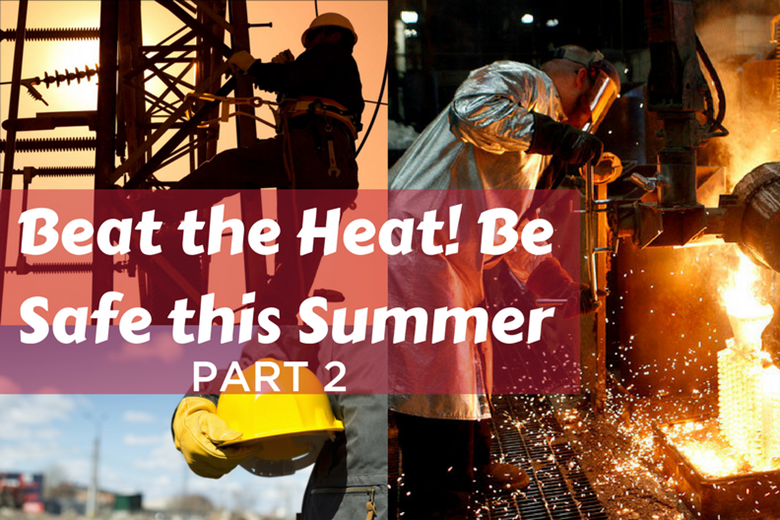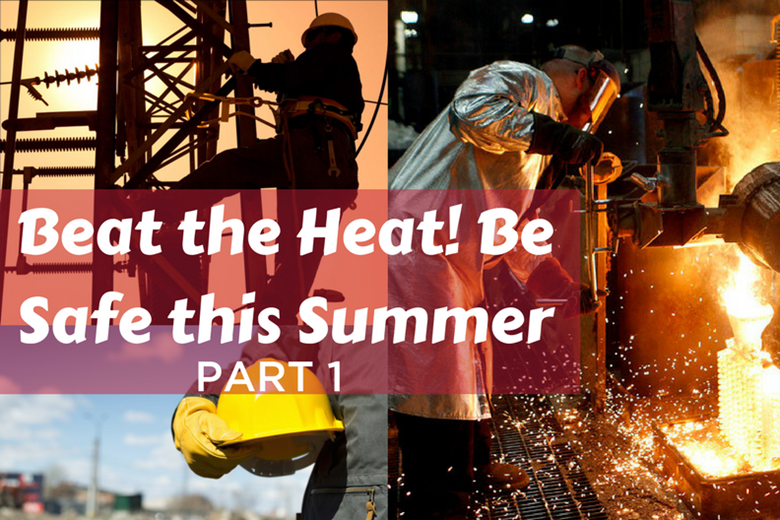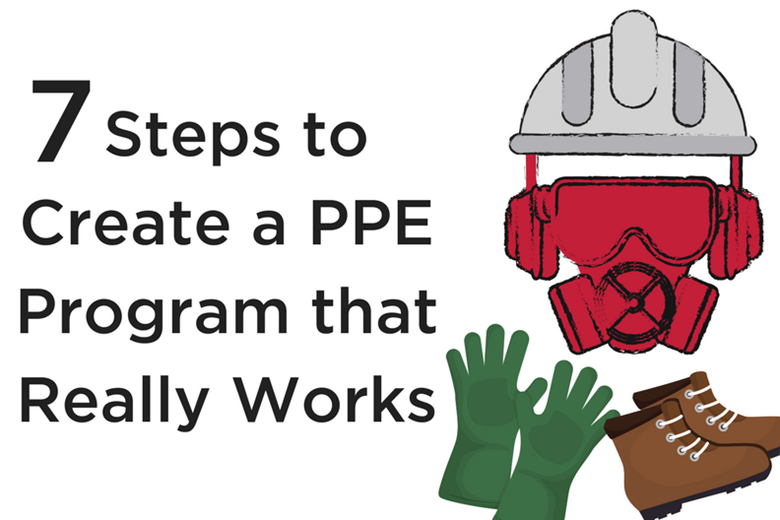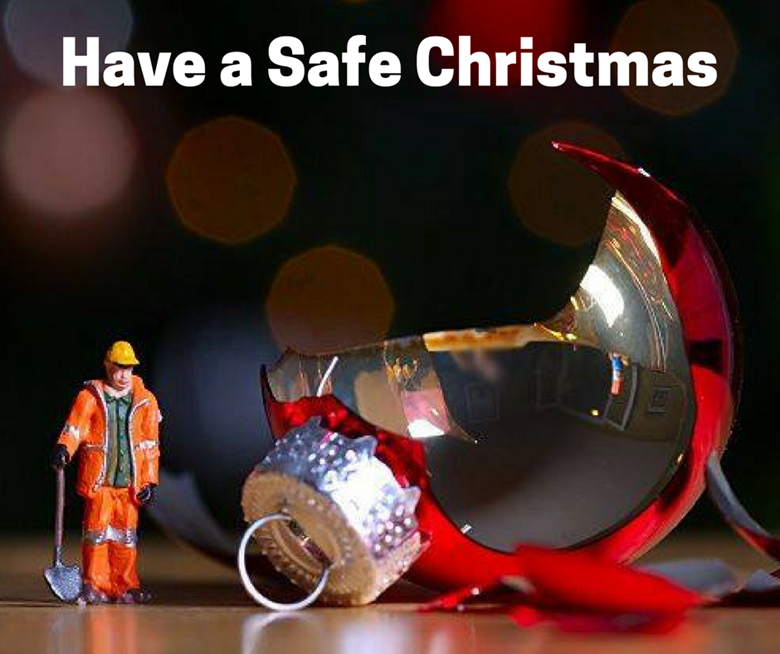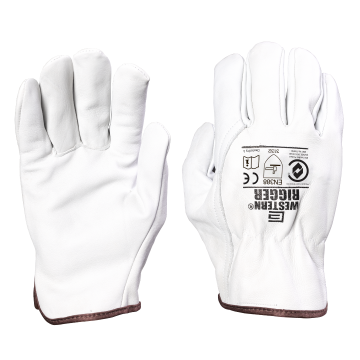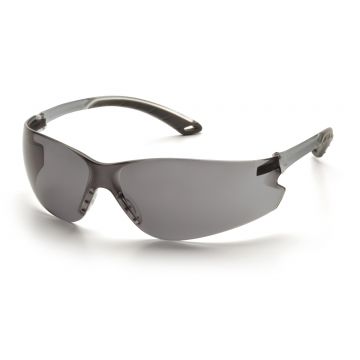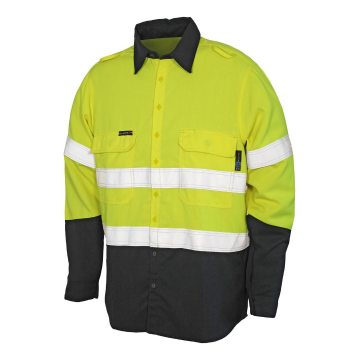10 HANDY SAFETY TIPS FOR DIY TASKS
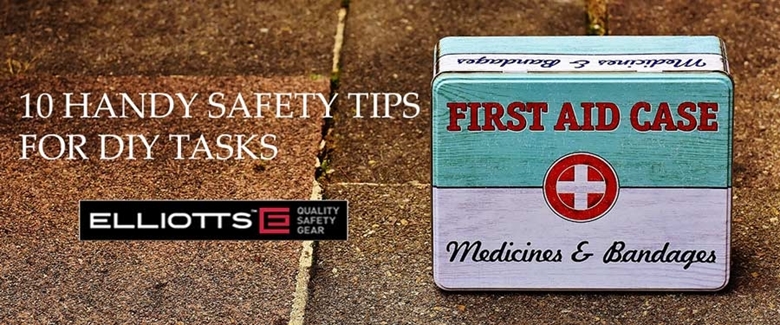
Be Safe When Doing Your DIY Projects
Christmas holidays are nearly upon us, which means spare time to catch up on those tasks you’ve let slip through the cracks throughout the year.
Based on statistical information:
◉ 75% of DIY injuries occur around the home while completing maintenance, gardening, or vehicle maintenance.
◉ Males are five times more likely to be involved in a DIY injury than females, and
◉ Power tools including grinders, buffers, and polishers account for one-fifth of all DIY injuries.
Our 10 DIY Safety Tips
We have compiled a list of 10 handy safety tips for all your DIY projects:
1. Wear protective clothing including safety glasses, safety gloves, and a dust mask when working with potentially hazardous materials such as glass or spray paint. It is also advisable to wear a mask when working in a dusty environment e.g. sawing wood.
2. When painting, or using any material that generates toxic fumes or dust, keep the room well-ventilated.
3. Always use the correct tools for the job. It is worth investing in high-quality equipment as this will be safer and will probably do the job quicker.
4. Store tools in a safe place, out of the way of children and pets. Keep them in a box or a rack.
5. When fixing or checking electrical appliances or connections, always switch off the power and remove the fuse or circuit breaker. If you're fixing an electrical appliance, switch off the appliance at the socket and pull out the plug. Wear rubber-soled shoes when working on electrics.
6. When using a power drill, choose a model that has a plastic non-conducting body. Unplug the drill before fitting parts and remove the chuck key before switching it on. Avoid wearing loose clothing or jewellery, which could get caught in the drill.
7. Ladders are one of the main causes of DIY accidents. Erect the ladder according to the manufacturer's instructions. Never lean to one side as you could lose balance.
8. Don't rush as you're more likely to have an accident. Carefully plan the job before you start work. It's also a good idea to ask someone if they can help you.
9. Keep a First Aid Kit handy. Make sure it is well stocked and within reach.
10. It might be our last safety tip, but we think it’s the most important. When undertaking any sort of DIY project, always wear personal protective equipment (PPE) such as safety glasses, gloves, steel cap shoes, and earmuffs.
Elliotts PPE and Safety Products for Home Use
We have compiled a list of Elliotts products that you may already have for work that can also be used at home.

Stay Safe and Happy DIYing!
CONTACT US
If you have some enquiries regarding our safety products and equipment at Elliotts Quality Safety Gear, please let us know. Call us on 07 3265 2944 or message us on our Contact Page.

